1. Plant spring-blooming perennials. For an instant garden pick-me-up, purchase spring-flowering perennials from the nursery that are just beginning to bud and plant them in garden beds. Foxglove (Digitalis purpurea) and bleeding heart (Lamprocapnos spectabilis) make a romantic cottage garden combination in beds that receive full sun to partial shade.
How to Design a Colorful Flower Bed
How to Design a Colorful Flower Bed
2. Create a spring container. Cheer up your entryway with a sunny container combination of mixed bulbs, pink primroses and lavender violas. Many nurseries stock potted daffodils, crocuses, tulips and grape hyacinths this time of year that are already sprouted and ready to take home.
You can carefully transplant the potted bulbs or just sink them (nursery container and all) into a larger container for your spring display. After the flowers fade, remove the bulb container and replace with warm-season perennials.
12 Stunning Spring Container Gardens
You can carefully transplant the potted bulbs or just sink them (nursery container and all) into a larger container for your spring display. After the flowers fade, remove the bulb container and replace with warm-season perennials.
12 Stunning Spring Container Gardens
3. Rethink your sidewalk planting. Increase curb appeal with a sidewalk planting of shrubs, perennials or grasses. A simple repeating pattern works well for narrow planting beds, like the strip that runs between the sidewalk and fence.
4. Check in on your landscape’s water use. As we move into warmer weather, now is a great time to revisit how much water you used for your landscape in previous years. If you live in a drought-prone area, consider reducing the size of your lawn or replacing turf with a low-water alternative, like silver carpet (Dymondia margaretae), shown here in a San Francisco Bay Area garden.
5. Add a handy garden tool station. Repurpose a mailbox as a spot for stashing your most-used garden tools, like pruning shears, a trowel, gloves and twine. Tuck the tool station close to beds that most frequently need work — like vegetable patches, flower beds or shrubs that require frequent shearing — and you’ll be thankful to have your go-to tools within reach.
Watch: 5 Tools Every Gardener Should Own
Watch: 5 Tools Every Gardener Should Own
6. Plant summer-blooming bulbs. Add color and drama to garden borders by incorporating summer-flowering bulbs, including those with tubers, corms and rhizomes. Here are a few to try this year: dahlia (Dahlia ‘Chilson’s Pride’ and ‘Jitterbug’), Abyssinian sword lily (Gladiolus murielae), dense blazing star (Liatris spicata), Asiatic and Oriental lily (Lilium asiatic and L. orientalis) and canna (Canna spp.). Many of these summer-flowering bulbs begin to come into their prime as spring flowers fade, and they will reward you with months of blooms.
7. Find a secluded garden nook and make it your own. Dust off your garden furniture, tuck a cushion and a throw blanket under your arm, and spend an afternoon simply enjoying your spring garden. This daybed sheltered under an overhang and styled with pillows and bunting looks like the perfect spot to linger with a good book.
8. Get your warm-season edible garden started. After the last frost, plant seedlings of basil, cilantro, corn, cucumbers, eggplant, green beans, melons, parsley, peppers, squash and tomatoes in garden beds that receive at least four to six hours of daily sun. Most herbs and veggies grow best in rich, well-draining soil.
Seeds or Seedlings? How to Get Your Garden Started
Seeds or Seedlings? How to Get Your Garden Started
9. Start the seeds for a meadow garden. Early spring, after the last frost has passed and when the soil is beginning to warm up, can be a perfect time to start a meadow garden (if you’ve missed your window, fall is also a great time). For the best results, choose a spot in full sun to partial shade and take the time to prep the soil a bit before planting. First, rake the soil clear of any rocks and weeds, then scatter native wildflower seeds, cover with a light sprinkling of soil or compost, and water gently. Keep the soil consistently moist for a few weeks.
10. Plan for larger garden projects. Spring can be a good time to take a step back and revisit larger-scale items on your garden wish list. Perhaps this is the year to build raised beds, repair a damaged deck or install rain barrels or solar panels. If these are projects you can do yourself or have the budget to hire a professional for, use spring fever to fuel your momentum to make them happen. Otherwise, think about ways you can start putting aside the funds now to save up for major garden projects down the line.
More
4 Practices for Healthier Landscapes
What to do in your garden now
More
4 Practices for Healthier Landscapes
What to do in your garden now













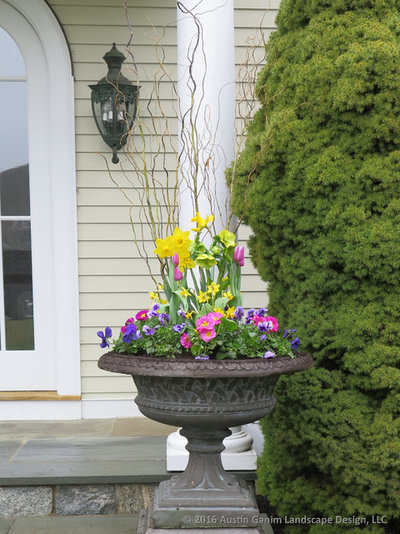


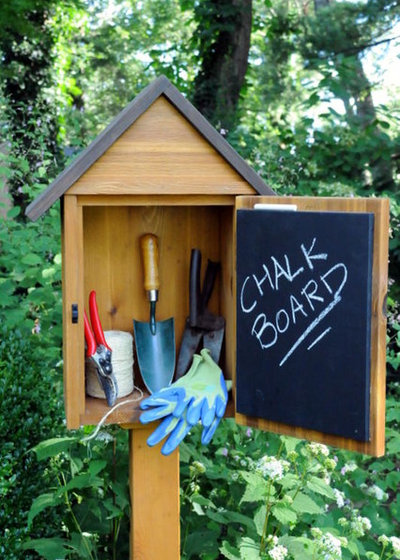



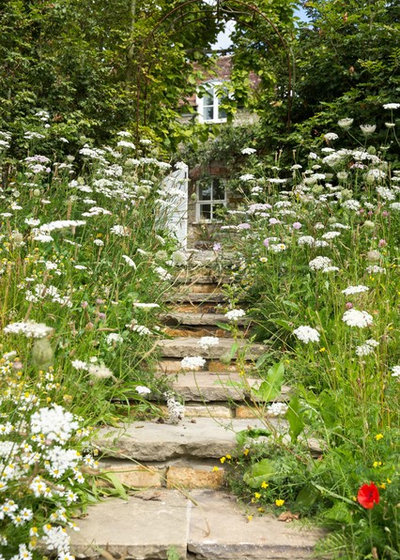

























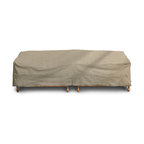
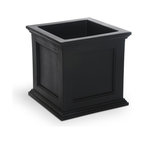









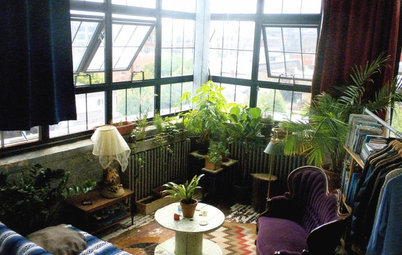
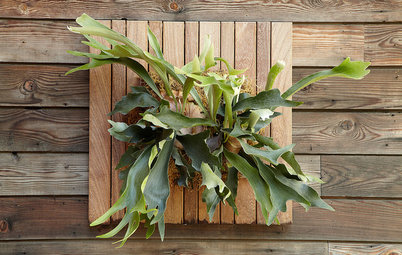
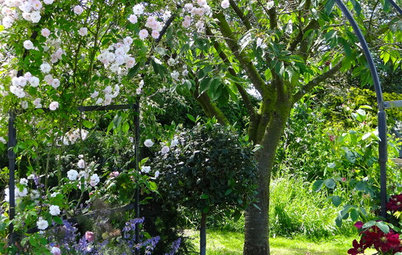

Love the look of #7 - sitting nook, but in my area the squirrels tear up any cushions I leave out side to get nesting material... They're on my naughty list.
I love foxgloves but they are super poisonous to my furry friends. I have a list of plants which I avoid when planning my garden incl. azaleas, lantana, delphinium, diefenbacchia, sago palms, most salvia varieties, most bulbous plants such as amaryllis, tulips and daffodils and a whole lot more. I'd rather not take a chance!
H my Titiac, you listed everything in my garden.